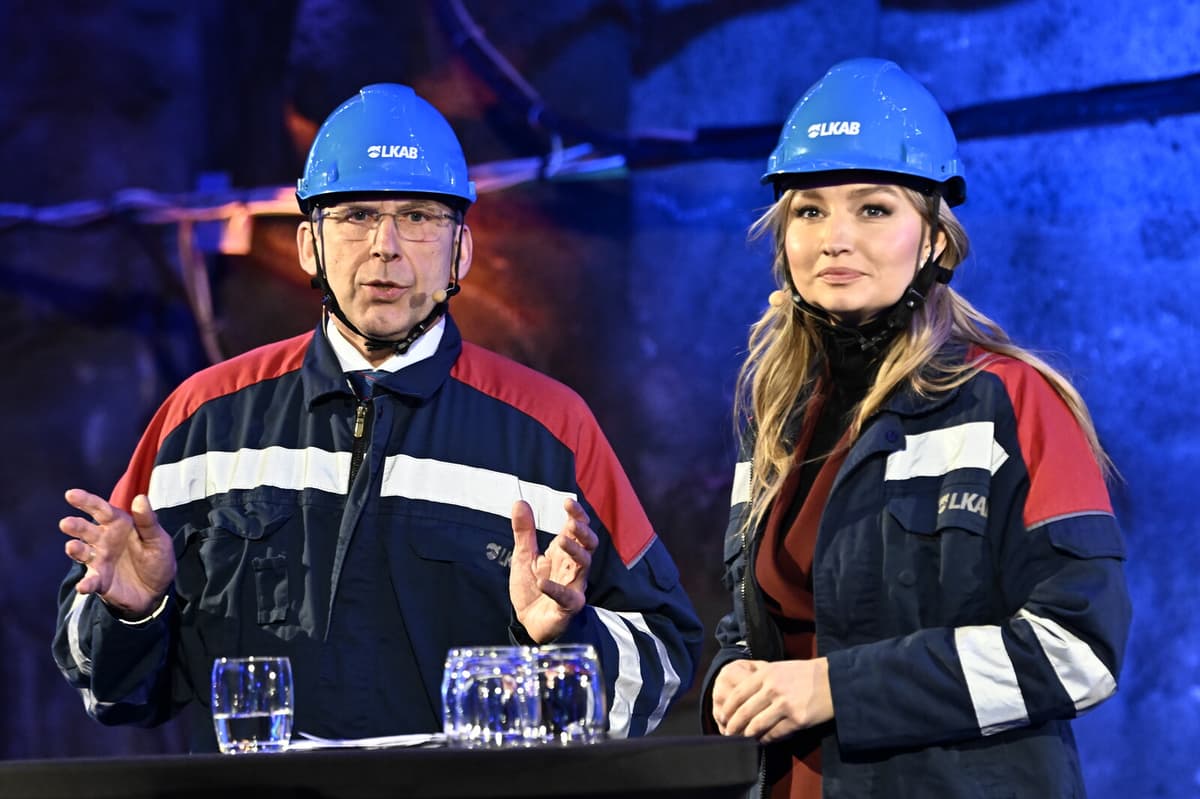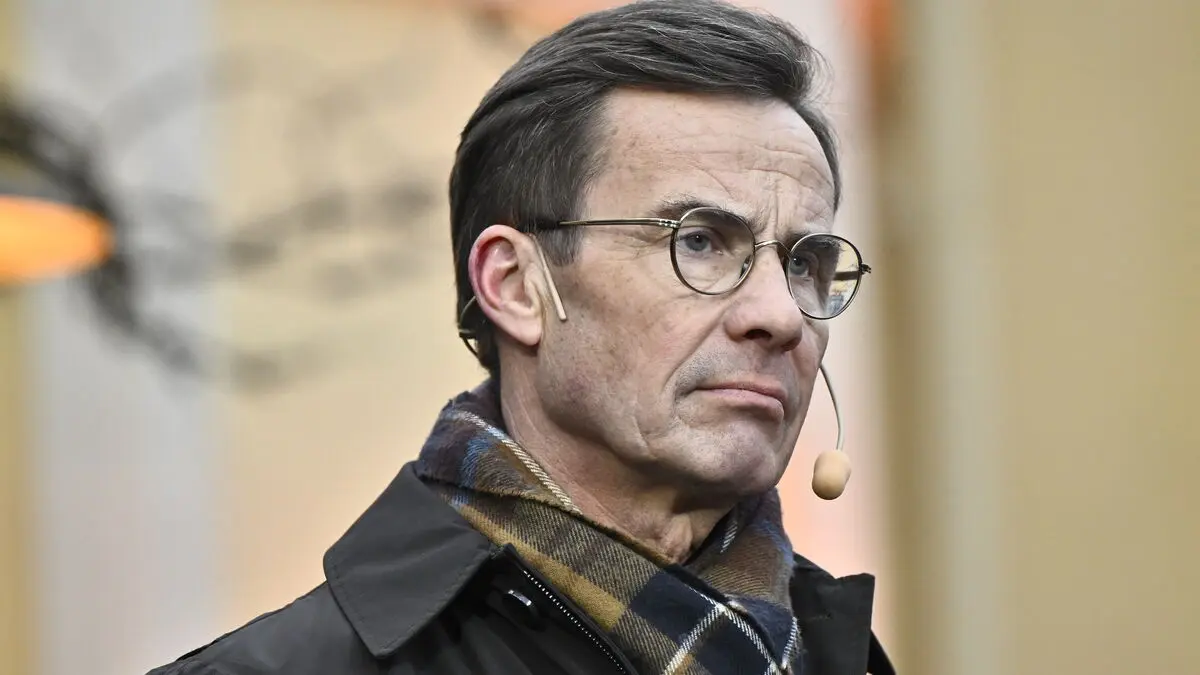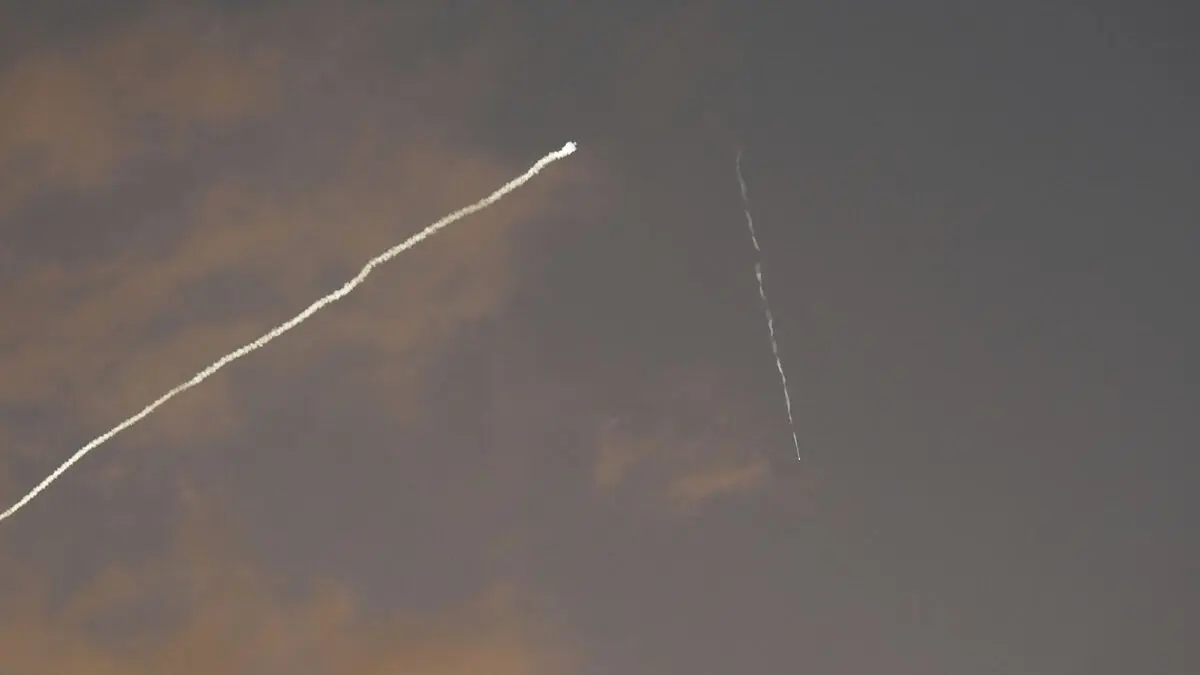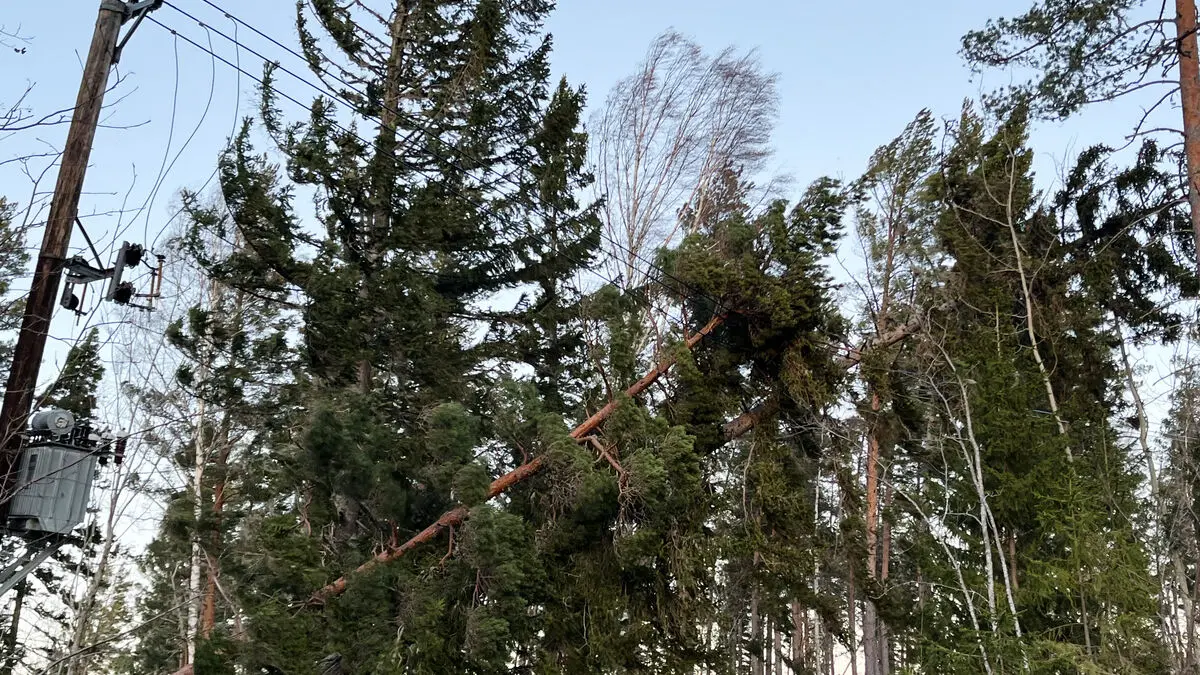Before the summer, the EU regulation on critical metals and minerals came into force as law in Sweden. The purpose is to reduce the EU's dependence on critical raw materials from other parts of the world, for example from China.
However, the industry is doubtful about being able to live up to the ambition of increasing production. The new regulation does not align with the EU's water directive, where Sweden is believed to have interpreted the rules too narrowly.
Jan Moström, CEO of the mining company LKAB, believes it is a "huge problem".
This is a problem we have been working on for a long time, he says.
"Extremely low levels"
The dilemma for the industry concerns the limit value for uranium. Uranium is naturally present in the bedrock in Sweden and can follow when extracting minerals or need to pump up water in connection with work in mines or limestone quarries.
The Swedish Agency for Marine and Water Management (Hav) classifies uranium as a particularly polluting substance and has set a target value for uranium in surface water, which each EU member state can decide for itself. But the value set is too low according to the industry – lower than the limit for drinking water.
We have emphasized that it is extremely low levels, says the LKAB CEO.
The concern has now led SGU to send a letter to Energy and Business Minister Ebba Busch (KD).
We want to point out the goal conflict. It will likely have very serious consequences for the entire mining industry, says Kaj Lax, acting head of the mineral resources department at SGU.
Skeptical
One example is when the Land and Environment Court last year stopped the limestone quarrying in Gåsgruvan near Filipstad and ruled that the emissions contained too high levels of uranium. The court had then relied on the Swedish Agency for Marine and Water Management's value – 0.17 micrograms per liter for uranium in surface water.
It becomes a very strict interpretation and in principle, companies cannot release water that contains that level even if it is not possible to get the level down, says Kaj Lax.
According to SGU, it is important to ensure that the levels set in Sweden are really well-motivated – and possible to achieve through purification.
We are skeptical that it will actually work.
The EU wants to see increased production of important metals and minerals, and in May, the regulation on critical raw materials, the Critical Raw Materials Act (CRMA), came into force.
It concerns, for example, lithium and cobalt, which are necessary for manufacturing batteries.
The regulation aims to make the EU produce more on its own and thereby become less dependent on imports.
Targets up to 2030 for the amount of raw materials used annually within the EU:
* At least 10 percent should be extracted within the EU.
* At least 40 percent should be processed within the EU.
* At least 25 percent should be recycled.
* A maximum of 65 percent of each individual strategic raw material should come from individual non-EU countries.
Source: EU Commission





